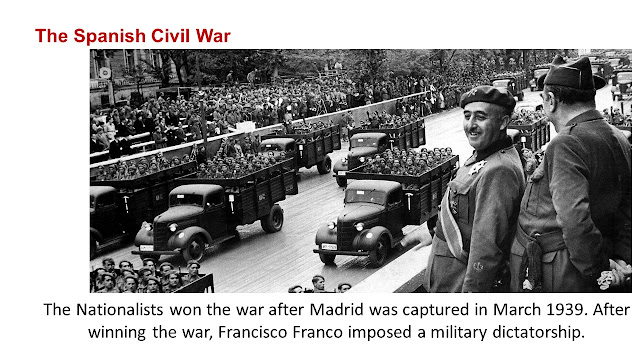The Civil War
The Battle of Ebro
In April 1938 the Nationalist Army broke through the Republican defences and reached the sea. General Francisco Franco now moved his troops towards Valencia with the objective of encircling Madrid and the central front.
 |
| The Battle of the Ebro |
Juan Negrin, in an attempt to relieve the pressure on the Spanish capital, ordered an attack across the fast-flowing Ebro. General Juan Modesto, a member of the Communist Party (PCE), was placed in charge of the offensive. Over 80,000 Republican troops, including the 15th International Brigade and the British Battalion, began crossing the river in boats on 25th July. The men then moved forward towards Corbera and Gandesa.
On 26th July the Republican Army attempted to capture Hill 481, a key position at Gandesa. Hill 481 was well protected with barbed wire, trenches and bunkers. The Republicans suffered heavy casualties and after six days was forced to retreat to Hill 666 on the Sierra Pandols. It successfully defended the hill from a Nationalist offensive in September but once again large numbers were killed.
On 23rd September, Juan Negrin, head of the Republican government, announced at the League of Nations in Geneva that the International Brigades would be unilaterally withdrawn from Spain. That night the 15th Brigade and the British Battalion moved back across the River Ebro and began their journey out of the country.
The rest of the Republican Army remained and had to endure continuous attacks from the Condor Legion. General Gonzalo Queipo de Llano also brought forward 500 cannon which fired an average of 13,500 rounds a day at the Republicans. By the middle of November, the Republicans were forced to retreat.
During the battle of Ebro the Nationalist Army had 6,500 killed and nearly 30,000 wounded. These were the worst casualties of the war but it finally destroyed the Republican Army as a fighting force.








Thank you Simon
ReplyDeleteThanks Simón!!!
ReplyDeleteCan you put the mind map.
ReplyDeletePLEASE